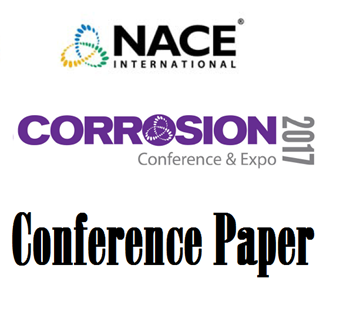Search
11181 Methodology for Surveying Buried Plant Piping for Coating Condition and CP Effectiveness
Also Purchased
51314-3734-ECDA for Pipelines in Congested Areas
Product Number:
51314-3734-SG
ISBN:
3734 2014 CP
Publication Date:
2014
$0.00
10057 Field Survey Results of a Recent Developed CP Survey Set to Improve the ECDA Process
Product Number:
51300-10057-SG
ISBN:
10057 2010 CP
Publication Date:
2010
$20.00
Cathodic Protection Coupon Use for Buried Piping in Plant (i.e. Complex) Facilities
Product Number:
51317--8824-SG
ISBN:
8824 2017 CP
Publication Date:
2017
$20.00




